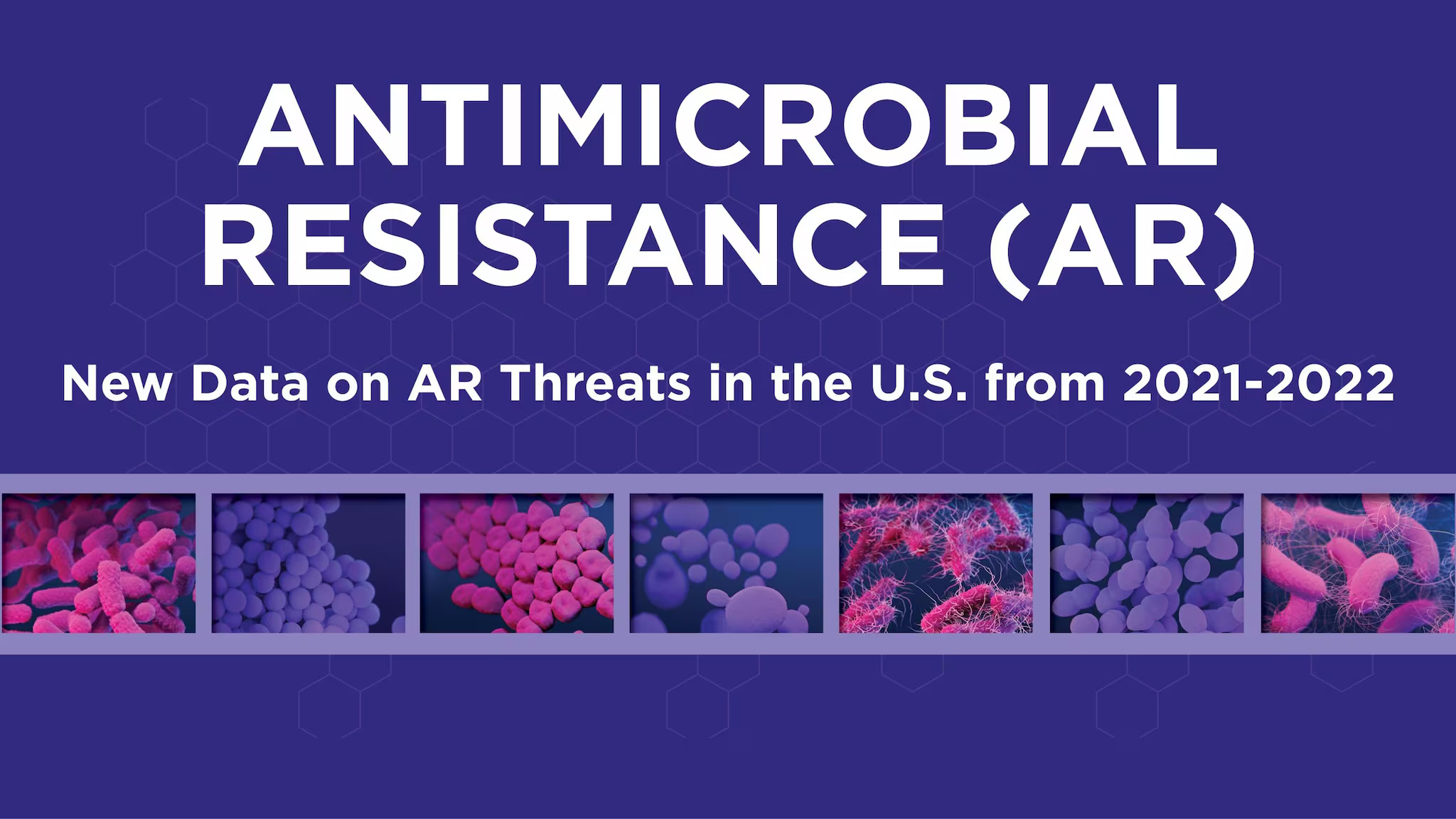Posted by Janet B. Stroud — August 23, 2024 — The U.S. Centers for Disease Control and Prevention (CDC) used new data to analyze the U.S. burden of seven antimicrobial-resistant pathogens typically found in healthcare settings from 2021 through 2022, underscoring the need for continued diligence in cleaning and disinfection as well as optimizing building systems and resolving water and mold issues to help prevent infections.
A new fact sheet shows that six bacterial antimicrobial-resistant hospital-onset infections increased by a combined 20% during the Covid-19 pandemic compared to the pre-pandemic period, peaking in 2021, and remaining above pre-pandemic levels in 2022.
In 2022, rates for all but one of these pathogens (methicillin-resistant Staphylococcus aureus or MRSA) remain above pre-pandemic levels. In addition, the number of reported clinical cases of Candida auris (C. auris) — a type of yeast that can spread in healthcare facilities, is often resistant to antifungal medications, and causes severe illness — increased nearly five-fold from 2019 to 2022.
The increases in antimicrobial resistance (AR) burden seen in 2020 and 2021 are likely due in part to the impact of Covid-19, which pushed healthcare facilities, health departments and communities near their breaking points, points out CDC. The pandemic resulted in longer hospital stays for hospitalized patients (including those diagnosed with Covid-19), challenged the implementation of infection prevention and control practices, and increased inappropriate antibiotic use.
As the pandemic continued, healthcare providers and public health professionals took aggressive action to prevent infections and protect lives, helping to reduce the burden of AR from its 2021 peak. CDC supported many of these efforts through American Rescue Plan Act (ARP) funding to health-department Healthcare-Associated Infections and Antimicrobial Resistance (HAI/AR) Programs and CDC’s Antimicrobial Resistance Laboratory Network (AR Lab Network) in all U.S. states, as well as some large cities and territories.
The following groups and others offer valuable infection prevention resources for facilities managers and staff:
- CDC’s Core Infection Prevention and Control Practices for Safe Healthcare Delivery in All Settings
- Association for Professionals in Infection Control and Epidemiology (APIC) Educational Opportunities and other resources
- ISSA/GBAC training courses
- ASHE Webinar: “Critical Partnerships that Create Success: Infection Prevention and Facility Management”
- InfectionControl.Tips
- Health Facilities Management: “Facility managers’ role in infection control” and “A facilities approach to preventing infection: What facilities management professionals should know about health care-associated infection transmissions”





